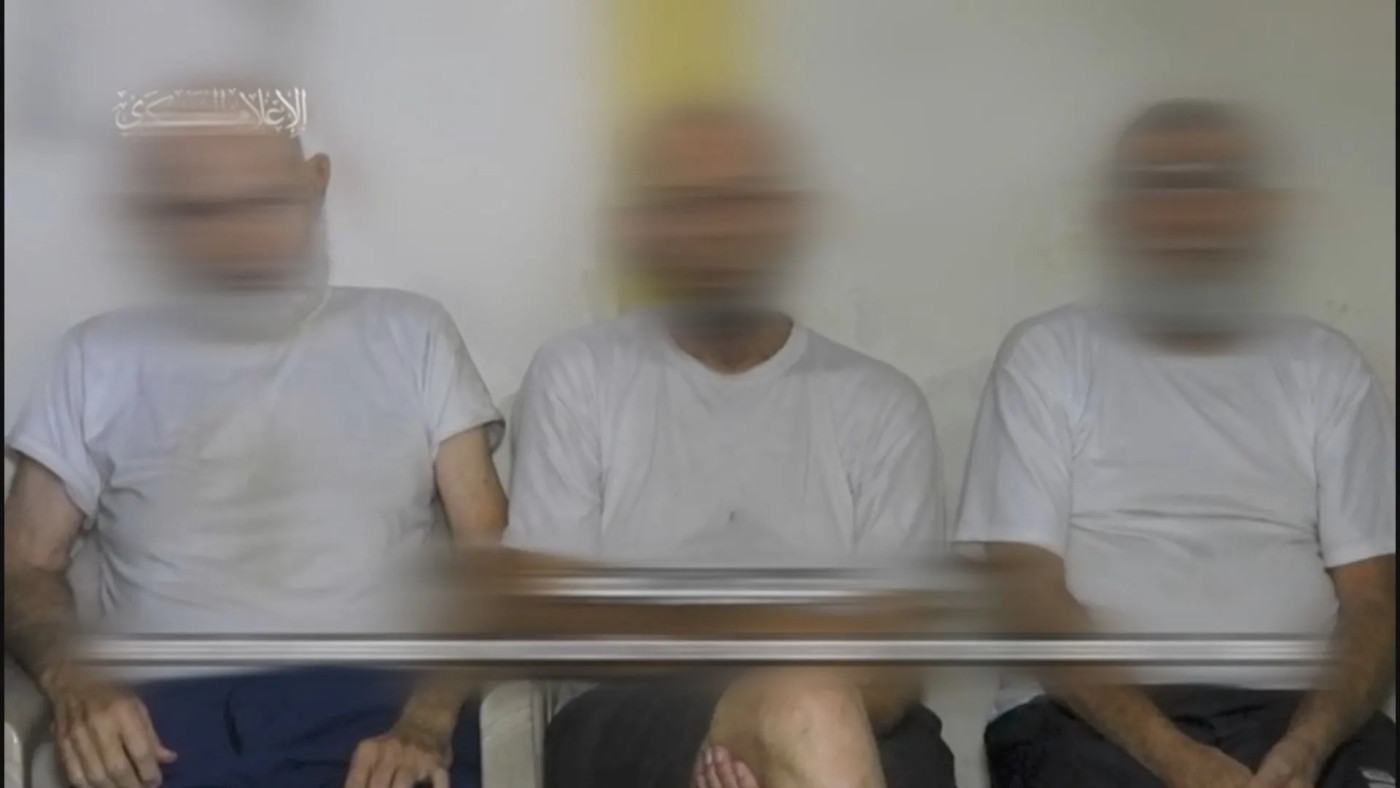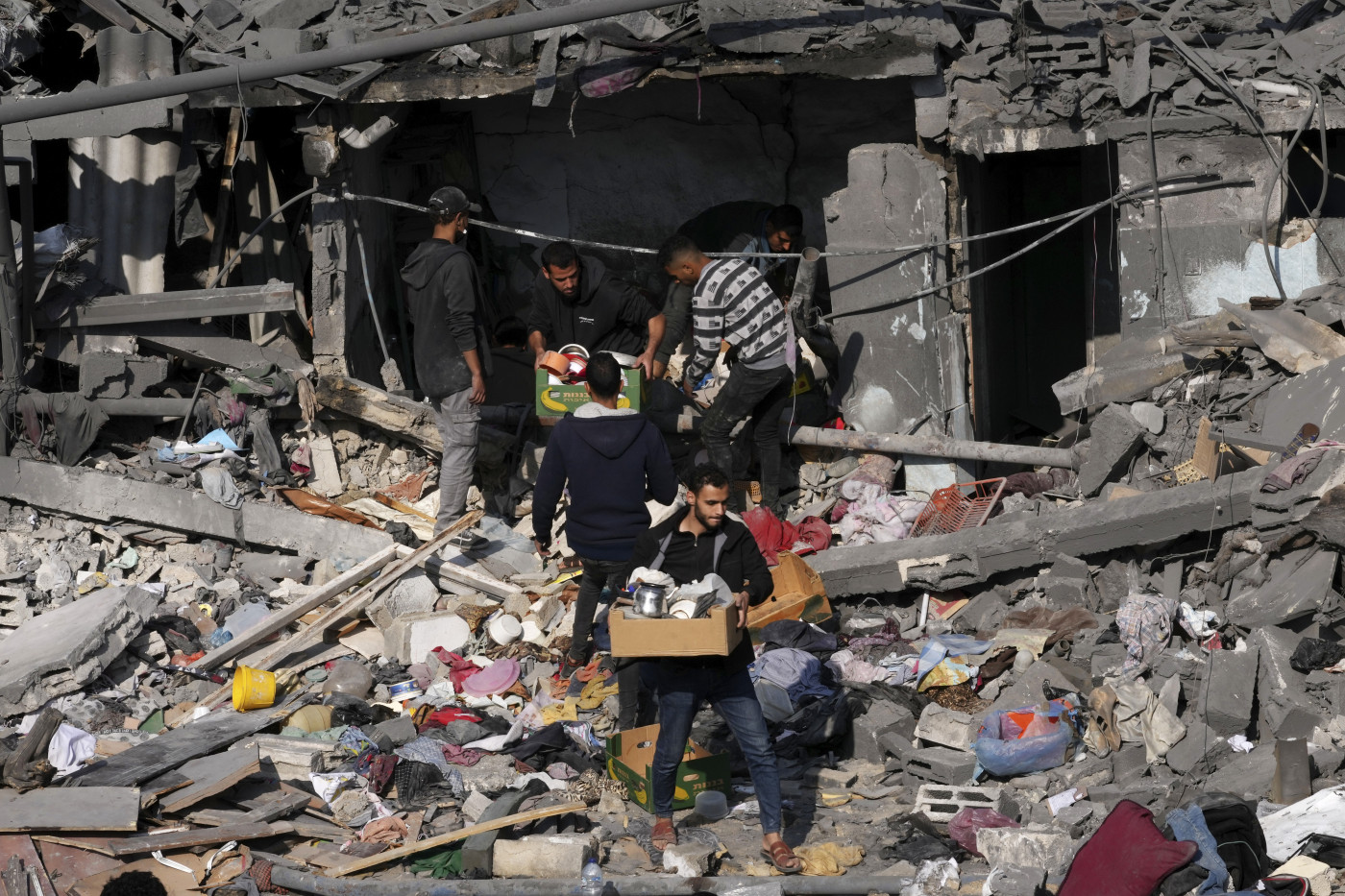Ukraine's ATACMS 'Failure'
The U.S. supply of ATACMS to Ukraine is already a "failure" as Washington's support for Kyiv falls short of its armed forces' tactical needs heading into the tough winter months, according to one account.
Ukraine "should have been given enough to saturate all Russian airfields" in Russian-controlled Ukraine, U.S. historian Phillips P. O'Brien said in a post to X, formerly Twitter, on Wednesday.
"Russia was given time to react," said O'Brien, a professor of strategic studies at the University of St Andrews, U.K. "A failure," he added.
Ukraine debuted its newly provided long-range Army Tactical Missile System missiles, also known as ATACMS, in twin strikes on Russian airbases earlier this month. Ukraine targeted facilities in the southern Ukrainian city of Berdiansk, in Zaporizhzhia, and Luhansk in eastern Ukraine. Both regions are officially annexed by Russia, along with Donetsk and Kherson, but Moscow does not exert full control over the regions.
Ukraine destroyed nine Russian helicopters, as well as several other pieces of equipment including an ammunition depot, an anti-aircraft launcher and runways at the facilities, Ukraine's special operations forces said. In the wake of the strikes, open source intelligence reports later suggested that Ukraine may have damaged up to 21 Russian helicopters.
"ATACMS have proven themselves," Ukrainian President Volodymyr Zelensky's said later that day.
It was the first confirmation that the U.S. had agreed to provide the weapons, with Western analysts and Ukrainian officials suggesting the element of surprise was a key element to the success of the attacks.
Washington had been reluctant to pledge the systems, despite the United Kingdom and France providing their long-range, air-launched Storm Shadow and SCALP cruise missiles.
Another Gamechanger
But Ukrainian officials quickly lauded the effectiveness of the ATACMS missiles. The missiles are "another gamechanger" that will "save a lot of lives" among Ukraine's ranks, Volodymyr Omelyan, a captain in Ukraine's military and a former minister for infrastructure, told Newsweek last week.
The U.S. has sent around 20 ATACMS missiles, two Western officials told The New York Times. "Fewer than a dozen" missiles reached Ukraine in the days leading up to the strikes, the Associated Press reported. Newsweek has reached out to the Pentagon for comment via email.
Some have accused Western allies like the U.S. of drip-feeding military aid to Ukraine, providing limited numbers of much-needed resources far later than Ukraine has asked for them, or had need of them.
The U.S. has come up against this accusation not just with ATACMS, but with the 31 Abrams tanks that have now arrived in the country. "It is not enough to make a substantial difference in Ukraine," added Marina Miron, a post-doctoral researcher at the Department of War Studies at King's College London, U.K., previously told Newsweek about the M1 Abrams.
There is a similar feeling with the surface-to-surface ATACMS. "Definitely, we need much more," Oleksiy Goncharenko, a member of the Ukrainian parliament, told Newsweek on Thursday. The ATACMS have so far proved "very efficient," yet dozens of missiles don't change Ukraine's operational capability in any significant way, he said.
"We need hundreds of them," he said, adding that drip-fed weapons supplies are "very difficult for us."
"I would push back hard on that," U.S. National Security Council spokesperson, John Kirby, has previously said when questioned about the incremental supply of aid to Ukraine over the many months of war. "It's not been a drip, drip, drip," he told Britain's Sky News, adding the U.S. has "been leading the world" in providing aid to Ukraine.
On Wednesday, Russia's Defense Ministry said it had shot down two ATACMS missiles over the previous 24 hours, although it did not specify where it said the long-range missiles were intercepted. The General Staff of Ukraine's Armed Forces has been approached for comment via email.
ATACMS will certainly be useful for Ukraine to target Russian bases such as airfields, rather than the hardened or fortified targets the British and French-supplied Storm Shadow and SCALP missiles have been designed for.
Long-range capabilities in Ukrainian hands mean Russia has to think harder about where it positions its key assets and equipment, and how close these resources are to the frontlines.
But the weapons have arrived as Ukraine is bracing for the new conditions the tougher, muddier fall and winter months bring. And experts predict a new kind of warfare will settle in with the cold.
Kyiv's Energy Infrastructure Targeted?
Russia is likely to hammer Ukraine's energy infrastructure "as soon as the winter really starts to bite," according to Frederik Mertens, a strategic analyst with the Hague Centre for Strategic Studies.
"These last months Russia has been using its missiles sparingly and should again have accumulated a decent stock of them," he told Newsweek. "Its most logical target would be Kyiv's energy infrastructure and the most logical moment when it is needed the most," he added.
Ukrainian President, Volodymyr Zelensky, said on Wednesday that Ukraine was preparing for Russian attacks on the country's energy infrastructure, adding: "This year we will not only defend ourselves, but also respond."
Ukraine may also have to worry about its air defenses being overwhelmed by the high volume of missiles, Mertens warned.
The winter will "see a new round of fighting," he added. Mechanized warfare will not stop with the seasons, he said, as long as both sides are equipped to fight under the new conditions.
"Frozen ground is great for mechanized advances, so we can expect a new round of fighting and probing to start in December," he said.
"This will give the Russians further time to dig in and it will give both sides a short window of time to rest, recuperate, reinforce and retrain their maneuver and assault units," Mertens added.
Disclaimer: The copyright of this article belongs to the original author. Reposting this article is solely for the purpose of information dissemination and does not constitute any investment advice. If there is any infringement, please contact us immediately. We will make corrections or deletions as necessary. Thank you.





